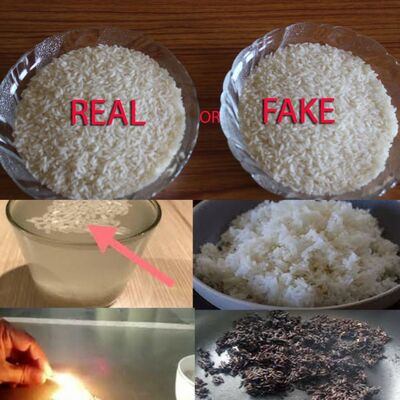ADVERTISEMENT
3. Mold Growth Test
Method: Cook a small sample of rice and keep it in a warm, moist place for a few days. If mold develops, the rice is real because synthetic materials will not show mold growth.
Why It Works: Real rice contains organic compounds that are susceptible to natural decay and mold, unlike synthetic materials.
4. Boiling Test
Method: Observe the rice during the boiling process. Real rice will remain whole and become softer as it cooks. Fake rice might form a thick layer on top of the water or maintain its original hardness.
Why It Works: Plastic materials may not behave like natural rice grains at high temperatures.
5. Oil Test
Method: Heat some oil in a pan (around 200 degrees Celsius) and drop some rice into it. Real rice will fry in a typical manner and either float or sink, while plastic rice will melt and stick to the bottom of the pan.
Why It Works: The melting point of plastic is lower than frying temperatures, causing it to melt when exposed to heat.
The Importance of Vigilance
While reports of plastic rice are rare and often proven false, it is crucial for consumers to remain vigilant. Food standards agencies and authorities continue to monitor and test rice supplies globally to ensure safety and authenticity.
Empowering Consumers
Having the knowledge to test and verify the authenticity of rice empowers consumers to ensure the safety of themselves and their families. Although large-scale existence of plastic rice remains unverified, being able to test your rice provides peace of mind.
ADVERTISEMENT
